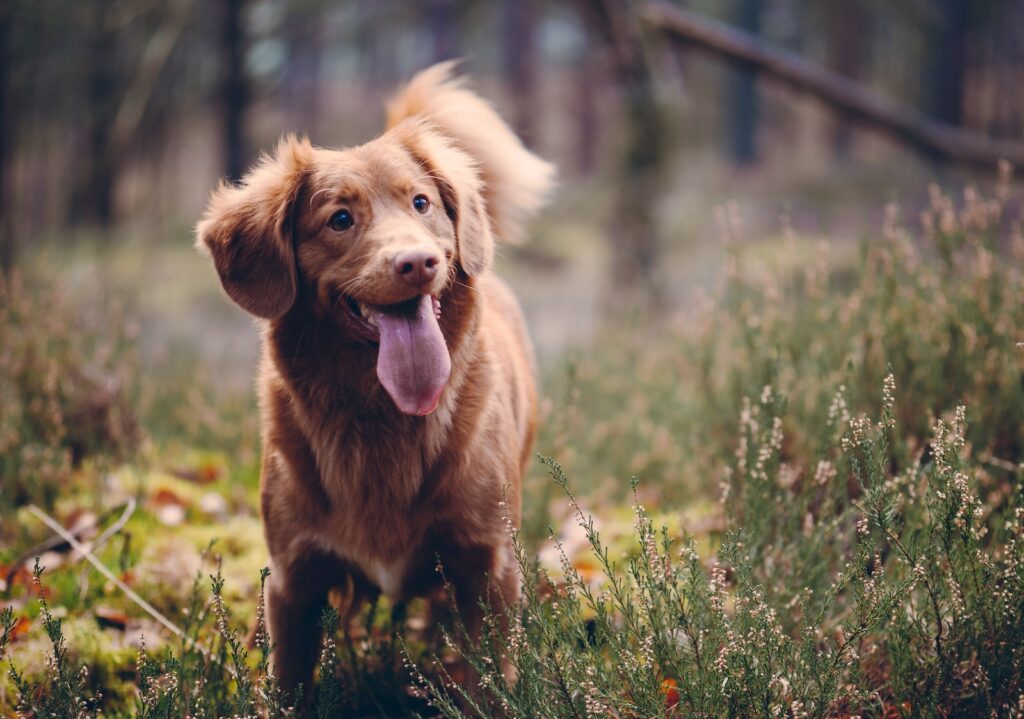Can Dogs Eat Pesto? — No, They Can’t
When it comes to the question of whether dogs can eat pesto, the answer is a resounding no. Pesto, commonly made with ingredients like basil, garlic, olive oil, and pine nuts, contains several components that can be harmful to dogs if consumed in large quantities. While a small lick or taste may not cause serious harm, ingesting a significant amount of pesto can lead to various health issues for our furry friends.
Can Puppies Eat Pesto?
Puppies should avoid consuming pesto, just like adult dogs. However, it is important to highlight that puppies are generally more vulnerable to certain food items due to their developing immune systems and digestive capabilities. As a result, it is crucial to be even more cautious when introducing new foods to young puppies, including pesto.
Why is Pesto Harmful for Dogs?
Pesto can be harmful to dogs due to the following reasons:
1. Garlic and Onions
Pesto often contains garlic, which belongs to the Allium family and can cause damage to a dog’s red blood cells if ingested in large quantities. Onions, also a member of the Allium family, can have similar detrimental effects.
2. High Fat Content
Pesto usually contains a high amount of oil, typically olive oil, which is rich in fats. Excessive fat consumption can lead to pancreatitis in dogs, causing symptoms such as vomiting, diarrhea, and abdominal pain.
3. Nuts
Pine nuts are a common ingredient in pesto. While pine nuts themselves are not toxic to dogs, they can potentially cause digestive issues if consumed in large amounts. Moreover, some dogs may have allergies to nuts, which can lead to adverse reactions.
Symptoms to Watch Out For After Dogs Consume Pesto
- Vomiting and Diarrhea: If your dog eats pesto, they may experience vomiting and diarrhea as their body tries to expel the harmful substances.
- Lethargy and Weakness: A dog that has consumed pesto may exhibit signs of lethargy and weakness. This could be due to an upset stomach or potential toxicity.
- Loss of Appetite: Eating pesto may cause a loss of appetite in dogs. If your pup refuses to eat or shows disinterest in food after consuming pesto, it may be a cause for concern.
Immediate Steps to Take if Your Dog Eats Pesto
- Monitor your dog: Keep a close eye on your dog after they have consumed pesto. Watch for any unusual symptoms or behaviors.
- Contact your veterinarian: If you notice any concerning symptoms or if your dog has ingested a significant amount of pesto, reach out to your veterinarian for guidance.
- Avoid feeding more pesto: Refrain from offering any more pesto to your dog, as it can further worsen the situation.
Safe Alternatives to Pesto
While pesto is not suitable for dogs, there are safe alternatives that they can enjoy. Consider offering your dog these healthier food options instead:
- Carrots — Carrots are a crunchy and nutritious snack for dogs. They are low in calories and high in vitamins, making them a safe alternative to pesto.
- Broccoli — Broccoli is another dog-friendly vegetable that offers various health benefits. It is rich in fiber, antioxidants, and vitamins.
- Watermelon — Watermelon is a refreshing fruit that can serve as a hydrating and tasty treat for dogs. Just ensure to remove the seeds and rind before offering it to them.
Conclusion
In conclusion, dogs should not consume pesto due to the potential risks it poses. The presence of garlic and onions, high fat content, and the inclusion of nuts make pesto unsuitable for our canine companions. It is crucial to prioritize our dogs’ health and well-being by offering them safe and dog-friendly alternatives. Remember, always consult with your veterinarian if you have any concerns or questions regarding your dog’s diet.
Frequently Asked Questions
Can dogs eat small amounts of pesto?
While a small lick or taste of pesto may not cause immediate harm to dogs, consistent consumption or consuming large amounts can have detrimental effects. It is best to avoid feeding pesto to your dog.
What should I do if my dog accidentally eats pesto?
If your dog accidentally consumes pesto, monitor them for any unusual symptoms or behaviors. Contact your veterinarian for guidance and avoid giving them any more pesto.
Are there any safe herbs for dogs similar to basil in pesto?
Yes, there are several safe herbs that you can offer to your dog as alternatives to basil in pesto. These include parsley, thyme, and cilantro. However, always introduce new herbs in small quantities and monitor your dog for any adverse reactions.
Can dogs eat homemade pesto made without garlic and onions?
Homemade pesto without garlic and onions may be less harmful to dogs compared to the traditional recipe. However, it is still recommended to avoid feeding pesto to your dog altogether, even if it doesn’t contain these specific ingredients. There are safer alternatives available that can fulfill your dog’s dietary needs instead.






